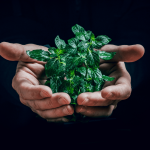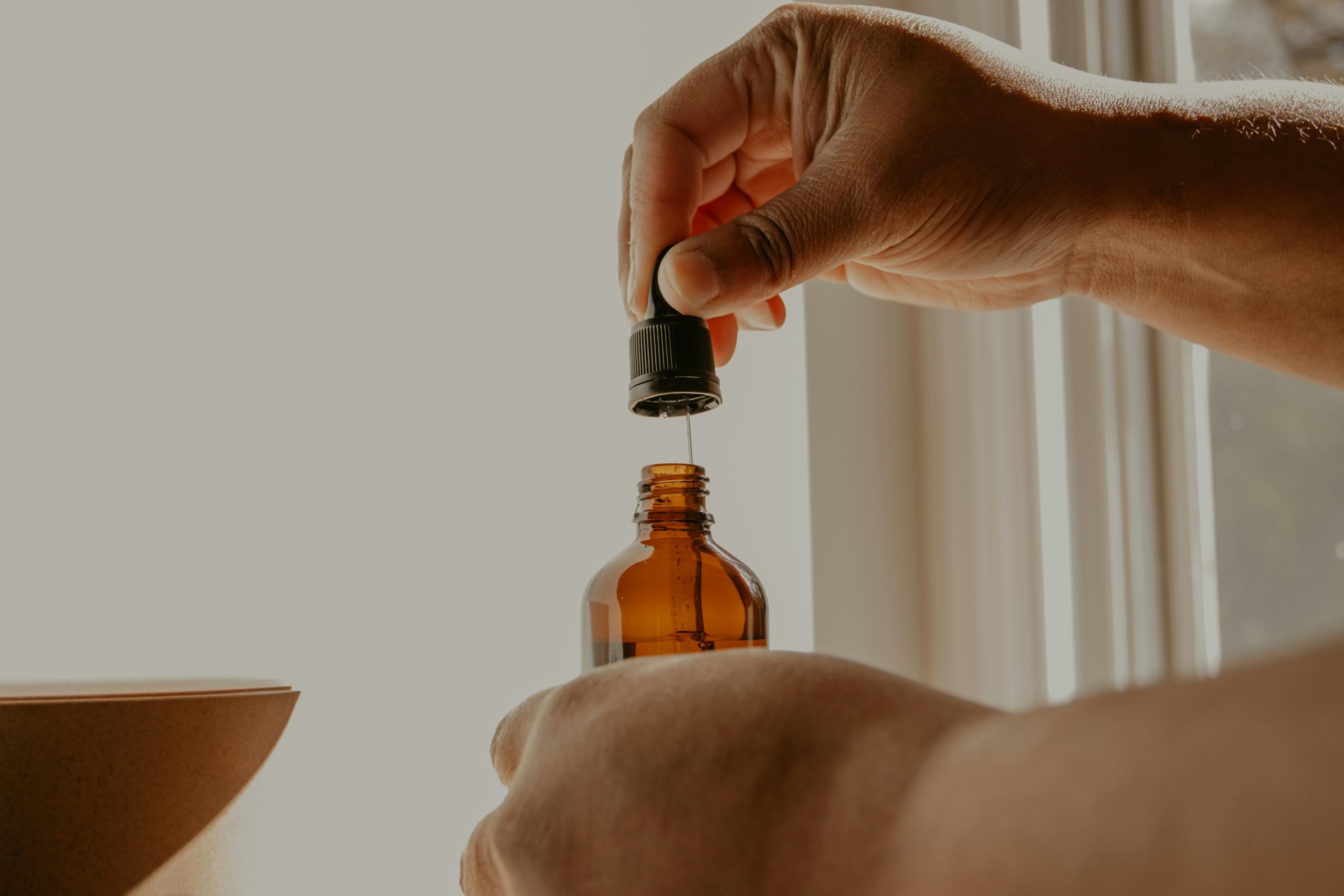The term “EO Pis” may sound unfamiliar at first. But upon closer inspection, it refers to the world of essential oils. These natural extracts from plants, flowers, roots, and even tree bark have been used for centuries to improve health, promote relaxation, and support emotional balance. In today’s fast-paced world, more and more people are using these natural wonders as an alternative or complement to modern wellness practices.
In this article, you’ll learn what “Eopis” actually are, how they’re used, the science behind their benefits, and how you can incorporate them into your daily routine.
What exactly are “EO Pis”?
“Eopis” are essentially essential oils: highly concentrated plant extracts obtained through methods such as steam distillation or cold pressing. Imagine walking through a lavender field and inhaling its fresh, relaxing scent. That’s exactly what you experience with lavender essential oil: the pure, concentrated essence of the plant.
Unlike synthetic fragrances or chemical perfumes, eopis are completely natural. They contain the unique life force of the plant, which is why they have served as more than just fragrances in many cultures throughout history. The Egyptians used them in mummification and spiritual rituals, the Greeks for healing, and they have long been part of holistic treatments in traditional Chinese medicine.
Why do people turn to EO Pis today?
Stress, anxiety, and constant digital overload are part of everyday life. People are looking for ways to relax, breathe, and reconnect with themselves. This is where eopis come in. They offer natural support without having to resort to synthetic chemicals or medications for every little problem.
Many people use them to:
Unwind after a long day
Sleep better
Boost energy levels
Improve concentration at work
Support physical health by relieving headaches, constipation, or muscle tension
The beauty of essential oils is their versatility. A single bottle can be used in a variety of ways: for diffusing, external use (when properly diluted), or even as a complement to your cleansing routine.
The Science Behind Essential Oils (EO Pis)
Essential oils are often considered fragrant oils, but their benefits are scientifically proven. When you inhale an essential oil, the aroma molecules travel directly to the olfactory bulb in the brain, which is connected to the limbic system—the area that controls emotions, memory, and even heart rate. This is why the scent of peppermint can be refreshing, or why lavender can calm your racing thoughts.
Topical use works differently. Diluted and applied to the skin, EOs penetrate the outer layer of the skin and enter the bloodstream, allowing the body to benefit from the plant’s natural compounds. Tea tree oil, for example, is known for its antibacterial properties and is therefore often used for acne and skin problems.
Popular Essential Oils and Their Uses
There are dozens of essential oils, but here are some of the most popular and the reasons for their high regard.
Lavender Essential Oil EO Pis
Known as the queen of essential oils, lavender is ideal for relaxation and restful sleep. Many people add a few drops to their pillow or diffuse it before bed. It also soothes skin irritations and minor burns.
Peppermint Essential Oil
It’s the ultimate refresher. It helps relieve headaches, boosts energy, and, when used correctly, even aids digestion. A hint of peppermint can instantly awaken the senses.
Eucalyptus Essential Oil
Eucalyptus oil is ideal for clearing the respiratory tract and is often used to treat congestion or seasonal allergies. Its fresh, clean aroma makes it a popular respiratory aid.
Tea Tree Essential Oil
Tea tree oil is one of the most effective natural cleansers and is widely used for skin care, from acne to fungal problems. It also works as a natural household cleaner.
Lemon Essential Oil
Refreshing, citrusy, and invigorating, lemon essential oil improves mood, promotes concentration, and is ideal for making homemade cleaning sprays.
These are just a few examples, but each essential oil has its own story and benefits.
Safe Use of Essential Oils
Essential oils are natural but very potent. Therefore, they should be used with caution. To enjoy their benefits without side effects, some safety tips are important.
Dilute before applying to the skin: Essential oils should almost never be applied directly. They should be diluted with a carrier oil such as coconut, jojoba, or almond oil.
Sensitivity test: Every body reacts differently. Do a sensitivity test before applying a new oil extensively to the skin.
Avoid contact with eyes and sensitive areas: Avoid contact of essential oils with the eyes, ears, and mucous membranes.
Information on pregnancy and medical conditions: Some oils are not recommended during pregnancy or if you have certain medical conditions, so it’s best to check beforehand.
Use high-quality oils: Not all oils are the same. Pure, therapeutic-grade oils are best for maximizing their effects. Using essential oils in everyday life
You don’t have to be an expert to use essential oils. Here are some easy ways to incorporate them into your daily routine:
Morning freshness: Add a few drops of peppermint or citrus oil to your diffuser while getting ready.
Stress relief: Carry a lavender and chamomile roll-on in your bag for tense moments.
Sleep aid: Diffuse lavender or cedarwood oil in your bedroom before bed.
Focus at work: Add a drop of rosemary or lemon oil to a cotton ball next to your desk.
Household cleaning: Mix lemon and tea tree oils with water and vinegar for a natural and effective cleaning agent.
These small habits can significantly improve your well-being throughout the day.
Essential oils for emotional balance
One of the most powerful aspects of essential oils is their ability to influence emotions. Scents are directly related to memory and mood. For example, the scent of rosemary can evoke home-cooked meals, while the scent of oranges can evoke joy and happiness. Many therapists and holistic practitioners incorporate essential oils into their practice for their emotional effects. Aromatherapy sessions, for example, use carefully selected essential oils to manage stress, anxiety, or even depression.
Essential Oils and Physical Well-being
Essential oils support not only emotional health but also physical health. While not a cure-all, they can complement other health practices. Examples:
Peppermint oil massaged into the temples can soothe headaches.
Eucalyptus oil inhaled as a vapor can help with nasal congestion.
Inhaled ginger oil can relieve nausea.
Chamomile oil can soothe irritated skin.
Combined with a healthy lifestyle, these natural extracts offer a holistic approach to well-being.
Why Essential Oils Are Indispensable
The demand for natural solutions is constantly growing, and essential oils perfectly meet this need. People are looking for safe, environmentally friendly, and effective products. Essential oils provide all of this and also connect us with nature in a very tangible way.
As more and more people discover natural remedies, the use of essential oils (EO Pis) in the home, spas, yoga studios, and even the workplace will continue to grow. Their versatility and centuries of proven use make them more than just a trend: a lifestyle.
Final Thoughts on Essential Oils (EO Pis)
At their core, essential oils (EO Pis) aren’t just oils. They’re little bottles of nature’s wisdom that help us relax, heal, and grow. Whether it’s lavender to help us sleep, peppermint for a long afternoon, or lemon for a glowing home, each oil brings a touch of nature into your life.
If you’ve never tried them before, start with one or two. Explore, experiment, and discover how they affect you. You’ll be amazed at how much these tiny drops can change your everyday life.










